Bhubaneswar, Odisha’s capital city, is famous for its legacy of culture and historical architecture, which can be best illustrated by its outstanding temples. Bhubaneswar, known as the “City of Temples,” has a distinctive combination of historical and spiritual significance, with centuries-old temples. These sacred Bhubaneswar temples not only provide insight into the region’s practices of religion but also allow visitors to admire incredible temple structures. Whether you’re a dedicated pilgrim or a history buff, Bhubaneswar temples bear witness to the city’s spiritual and artistic tradition.
10 Bhubaneswar Temples You Cannot Miss
Explore the divine and architectural beauty of Bhubaneswar temples with these 10 must-visit temples, each offering a new perspective on the city’s divine heritage:
1. Lingaraja Temple
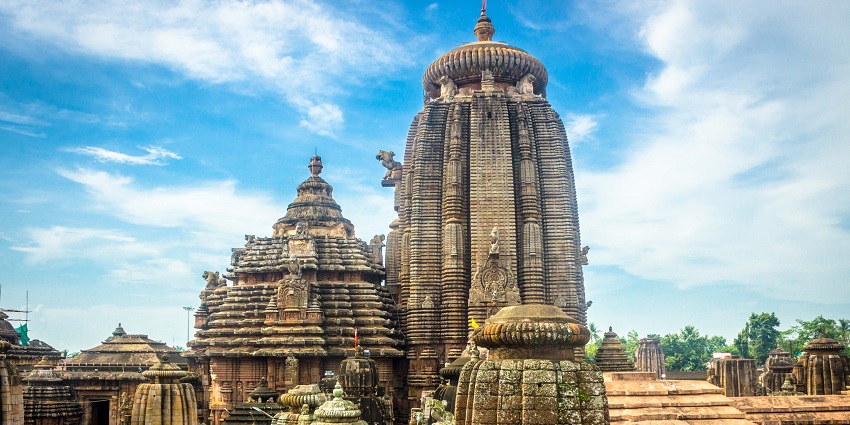
Photo: Pattnaik.chandan / Wikimedia Commons
The Lingaraja Temple is arguably the most famous temple in Bhubaneswar. Devotees worship Lord Shiva as Harihara, who is an incarnation of Shiva and Vishnu. This grand structure, dating back to the 11th century, is a prime example of Kalinga architecture. The temple’s towering spire and fabulous artistry attract devotees and tourists. The central deity, Lord Shiva, is enshrined in a Shiva Lingam, symbolizing the divine presence. The temple’s courtyard and detailed sculptures reflect the artistic excellence of ancient Odisha.
Timings: 5 AM – 12:30 PM and 3:30 PM – 9 PM
Nearby Attractions: Rajaswa Park, Bindu Sagar Lake, Lingaraja Market
Best Time To Visit: October to March
Suggested Read: Kala Bhoomi Odisha Crafts Museum
2. Ram Mandir
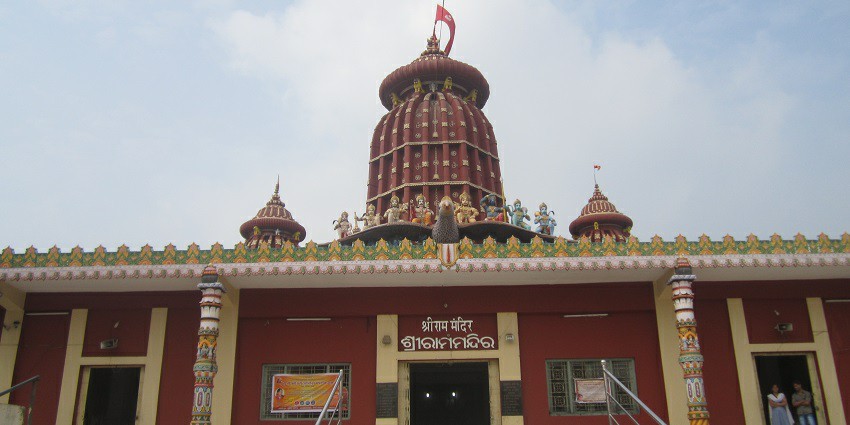
Photo: Shubh2711 / Wikimedia Commons
Ram Mandir, situated in the center of Bhubaneswar, is a sacred shrine dedicated to Lord Rama. Built in the early 20th century, the temple’s architecture resembles a mix of traditional and modern styles. The Ram Mandir features graphic depictions of Lord Rama, Lord Lakshmana, and Goddess Sita. The Ram Mandir is a popular temple in Bhubaneswar for devotional activities and peaceful meditation. This makes it one of the culturally significant Bhubaneswar temples you need to visit.
Timings: 6:30 AM – 9:30 PM
Nearby Attractions: Raja Rani Temple, Mukteshvara Temple
Best Time To Visit: October to February
3. Mukteshvara Temple
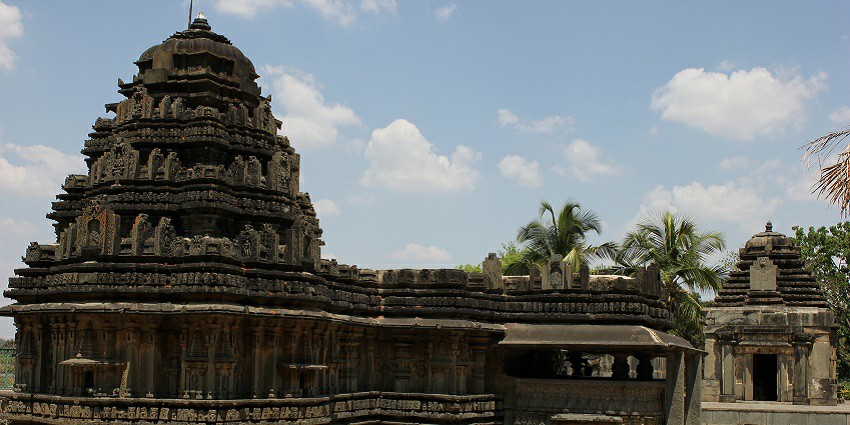
Photo: Dineshkannambadi / Wikimedia Commons
Often referred to as the “Gem of Odishan Architecture,” the Mukteshvara Temple is a 10th-century marvel. The deity here is Lord Shiva, additionally referred to as Mukteshwara, which means “God of Freedom.” Its beautiful carvings, which include complex artwork of deities and mythological figures, demonstrate the architectural excellence of the Kalinga style. The temple is widely recognized for its exquisitely built torana (gateway), which is adorned with delicate designs and woodwork. These features make it one of the best temples in Bhubaneswar you should not miss out on.
Timings: 7 AM – 7 PM
Nearby Attractions: Parsurameshvara Temple, Rajarani Temple
Best Time To Visit: November to March
Suggested Read: Lakhari Valley Wildlife Sanctuary
4. Rajarani Temple
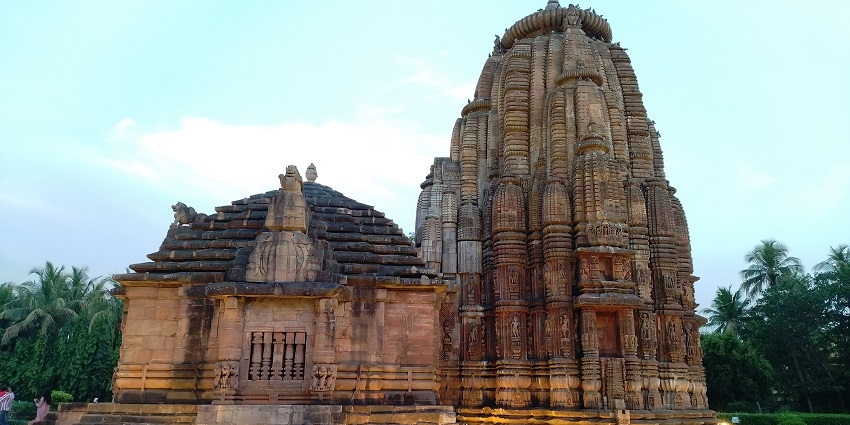
Photo: Bheema the traveller / Wikimedia Commons
The Rajarani Temple, built between the 11th and 12th centuries, is an ancient Bhubaneswar temple. It is famous for its sandstone architecture and erotic carvings, attracting a lot of young tourists. The temple’s name, derived from the local red sandstone known as “Rajarani,” reflects its majestic appearance. Another significance of this temple is that it was built at the same time as the Jagannath temple in Puri. Although it is not dedicated to a particular god or goddess, its niches include many Saivite influences.
Timings: 7 AM – 5 PM
Nearby Attractions: Brahmeswar Temple, Ananta Vasudeva Temple
Best Time To Visit: November to March
5. Ananta Vasudeva Temple
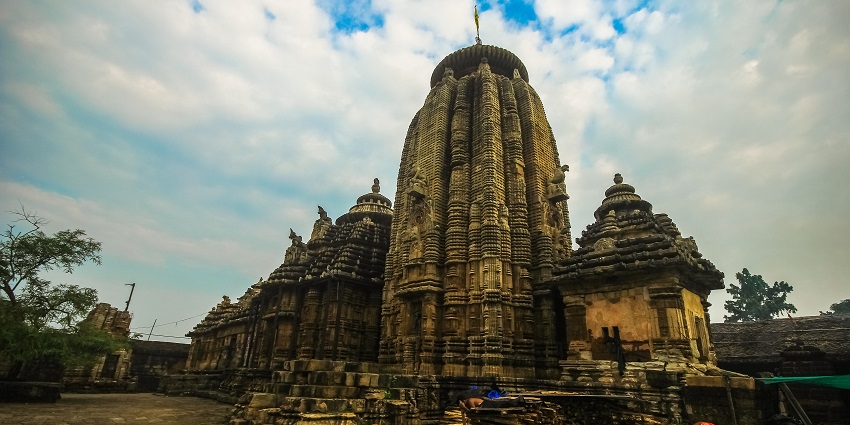
Photo: Satyabrata / Wikimedia Commons
The Ananta Vasudeva Temple is one of the oldest temples in Bhubaneswar that is dedicated to Lord Krishna, an incarnation of Vishnu. This Bhubaneswar temple’s architecture is similar to the Lingaraja Temple, featuring a tall, magnificent spire and beautifully carved walls. The main deity, Ananta Vasudeva, is depicted in a seated posture, surrounded by his wives. The idols in Garbhagriha are made up of black granite stone rather than wood, making it one of the biggest temples in Bhubaneswar.
Timings: 6:30 AM – 7 PM
Nearby Attractions: Lingaraja Temple, Brahma Temple
Best Time To Visit: October to March
Suggested Read: Best Food In Puri To Let Your Taste Buds Savour
6. Brahma Temple
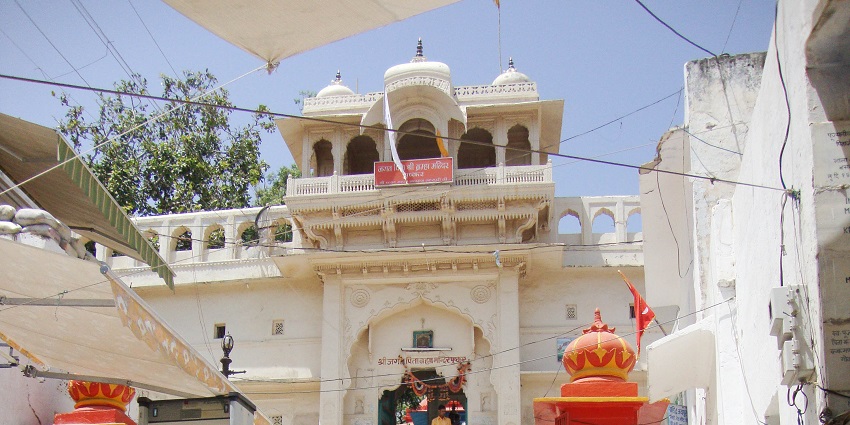
Photo: Adityavijayavargia / Wikimedia Commons / Image For Representation Only
The Brahma Temple, although less visited compared to other temples in Bhubaneswar, holds immense historical value in today’s day and age. This Bhubaneswar temple was established in honor of Lord Brahma, the creator deity in Hindu mythology, who attended the coronation of Lingaraja Deva. It is located along the banks of the Bindusagar River. The main temple shows the 15th-century Kailangan architecture, whereas the current temple was established during the reign of Gajapati monarchs.
Timings: 6 AM – 1:30 PM and 3 PM – 8 PM
Nearby Attractions: Chintamanisvara Shiva Temple, ISKCON Temple
Best Time To Visit: October to March
7. Chintamaniswar Shiva Temple
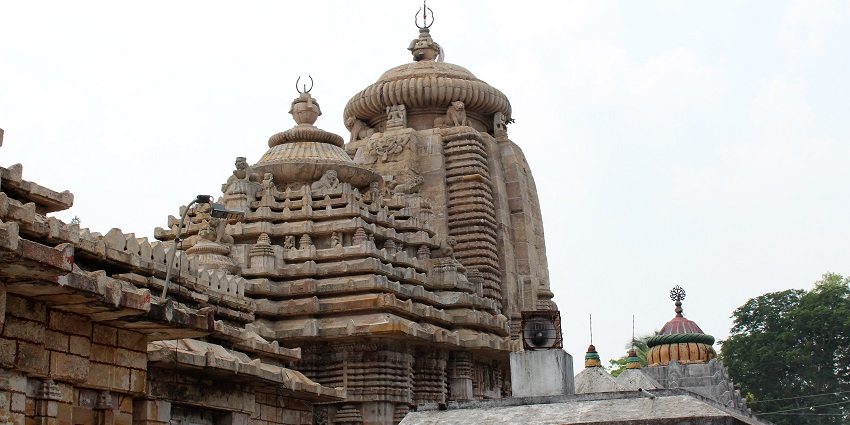
Photo: Ssriram mt / Wikimedia Commons / Image For Representation Only
The Chintamanisvara Shiva Temple is another significant shrine dedicated to Lord Shiva, situated near the Lingaraja Temple. It is located at the western end of Chintamanisvara Road. This temple is adorned with a Shiva lingam with yoni pitha, which was established by Kesharis in the 14th century. Many people conduct thread ceremonies and marriage rituals on the premises of this temple, making it one of the significant Bhubaneswar temples you need to visit.
Timings: 6 AM – 7 PM
Nearby Attractions: Mukteshvara Temple, Ram Mandir
Best Time To Visit: October to February
Suggested Read: Street Food In Bhubaneswar
8. Parsurameshvara Temple
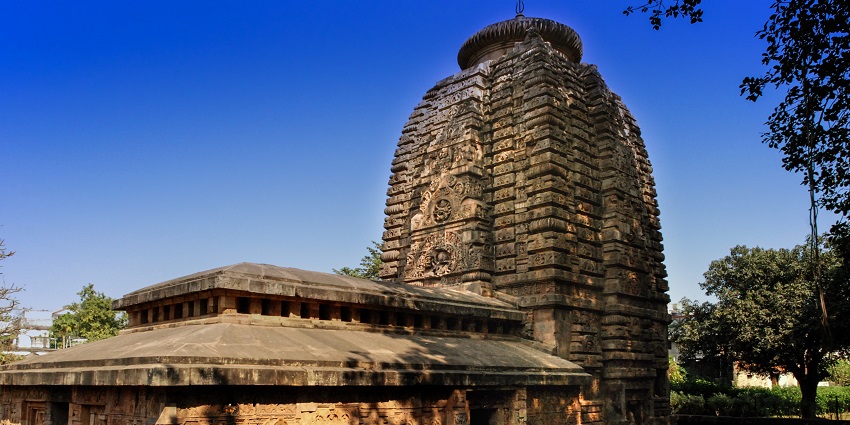
Photo: Bikashrd / Wikimedia Commons
The Parsurameshvara temple is one of the oldest temples in Bhubaneswar. It was built between the seventh and eighth centuries during the Shailodbhava period. It is one of the best-preserved temples devoted to Lord Shiva, built in Nagara style architecture. This temple also contains Shakta deity idols and stunning depictions of Saptamtrikas. It is dedicated to Lord Shiva, and the temple’s carvings and sculptures depict various deities and mythological scenes. This Bhubaneswar temple is a key attraction for visitors interested in ancient Indian art and culture.
Timings: 6 AM – 8 PM
Nearby Attractions: Rajarani Temple, Brahmeshwar Temple
Best Time To Visit: November to March
9. ISKCON Temple
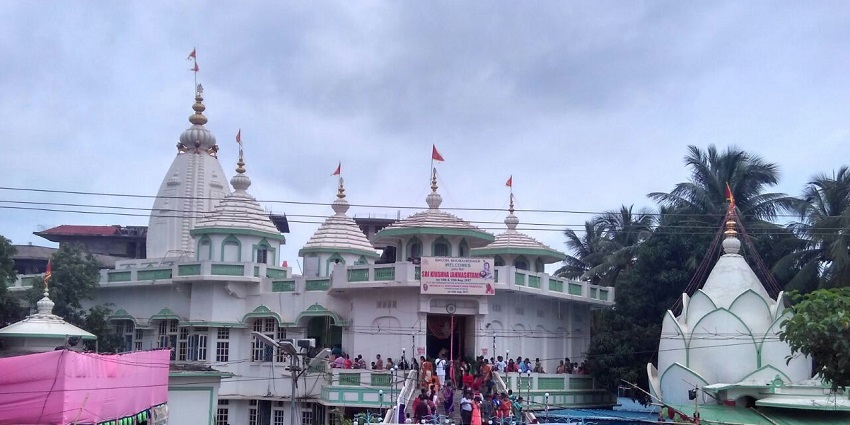
Photo: SUDEEP PRAMANIK / Wikimedia Commons
The ISKCON Bhubaneswar temple, part of the International Society for Krishna Consciousness, offers a modern spiritual experience. Srila Prabhupada constructed the ISKCON temple in 1991. It is also the 108th ISKCON temple in the world, attracting a large number of tourists from around the world. This is Puri’s second most visited temple, after the Jagannath temple. It houses the deities of Lord Krishna, Balarama, Gaura Nithai, Subhadra, and Jagannatha and features contemporary architectural elements combined with traditional design.
Timings: 8 AM – 9 PM
Nearby Attractions: Dhauli Hills, Nandankanan Zoo
Best Time To Visit: October to March
Suggested Read: Best Street Foods In Puri
10. Brahmeshwar Temple

Photo: Dineshkannambadi / Wikimedia Commons
The Brahmeshwar Temple is a temple built in the 11th century CE to honor Lord Shiva. Brahmeshwara temple’s specialty is its structural formation and architectural design. It also stands out for the additional shrines at the four corners of the sanctum, which fall under the Panchatanaya temples. A pyramid stone is used to cut out the buildings, resulting in a medieval masterpiece. The Bhubaneswar temple’s artistic details and historical significance make it a notable landmark in the region.
Timings: 6 AM – 8 PM
Nearby Attractions: Chintamanisvara Shiva Temple, Ananta Vasudeva Temple
Best Time To Visit: October to March
Bhubaneswar temples are a fascinating fusion of spirituality and architectural excellence, each offering a unique perspective on the city’s past. From the majestic structure of the Lingaraja Temple to the calm atmosphere of the Brahmeshwar Temple, these sacred shrines reveal a deep connection to ancient traditions and divine craftsmanship. Whether you are a pilgrim or a traveler interested in history and architecture, the temples in Bhubaneswar offer a fascinating visit that captures the spirit of Odisha’s divine and historical past. To explore these incredible temples and more, consider booking your trip with TripXL for a memorable journey.
Cover Photo: Anupam Mukherjee / Wikimedia Commons / Image For Representation Only


 WhatsApp
WhatsApp
 Twitter
Twitter









